If you are a student of 9-10th grade, you may be asked to perform the Ohm’s Law Experiment. To do that, first, you have to understand Ohm’s law principle. As the laws of physics go, it is a fairly basic natural rule in matters of electricity. Today, we will discuss the working principle of Ohm’s law experiment in detail.
A Bit of Background
Electricity, since the dawn of the age of science, has been arguably the most interesting natural force to scientists. Indeed, at one time, people did actually get shocked intentionally to measure the intensity of an electric current! Sadly, it was, as you can imagine, not a very healthy practice ‒ and thankfully voltmeters and ammeters were invented soon.
One example of one of those often-shocked scientists would be Sir Henry Cavendish. This Multi-talented philosopher-cum-scientist is mostly known for discovering Hydrogen, but he had done some very ‘zapping’ work with electricity as well.
In 1781, He gave the first idea that the current passing through a saltwater-filled tube may have some direct connection with the power of the Leyden jars he was using as the electricity source.
Since there were no ammeters available at that time, he had to measure the current with ‒ you guessed it ‒ his own body. He wrote that the “velocity” of the electricity passing through the circuit (and his body) varies directly as the “degree of electrification”. But for some reason, he did not publish his works.
By 1825, galvanometers existed, and the German physicist Georg Simon Ohm took full advantage of that. He used thermocouples and various materials to conduct experiments and figured out the formula that we know today as Ohm’s Law. He stated it as the law for the electromotive force acting between the extremities of any part of a circuit.
Ohm explained this in his book “Die galvanische Kette: mathematisch bearbeitet” (The Galvanic circuit investigated mathematically) in 1827. The backward people in that age, though, did not take this kindly. As with most older scientific discoveries, Ohm’s work was called ‘heretic’ and ‘anti-god’. The German minister of education said Ohm was unworthy of teaching.
Georg’s brother Martin, a mathematician, fought the system valiantly for him. Finally, Ohm’s research gained recognition in the late 1840s. For his invaluable contribution to the science of electricity, today the unit of resistance (R) is called Ohm, honoring the scientist.
Ohm’s Law Statement
In the original research mentioned in the book above, Ohm expressed his research result in terms of the galvanometer reading, the thermocouple junction temperature, and the length of the test conductor.
Today, we have managed to simplify all that into a very clear statement that all “ohmic conductors” obey:
The current through a conductor between two points is directly proportional to the voltage across the two points.
Taking I as the current through a conductor, and V as the voltage between two points of the conductor, we express Ohm’s law mathematically as:
V ∝ I
To convert this into a usual equation, we have to use a constant. This is the constant of proportionality, expressed as R in this expression:
V = IR
Note that this holds true only if the conductor remains at a fixed temperature while the current is passing through it. If it changes temperature (like a light bulb filament), then this law will not be applicable to that sort of conductor. These conductors are called non-ohmic conductors.
However, the vast majority of conductors used in most electric circuits are ohmic conductors and they work within the boundaries of this rule for a good range of currents.
Note: there is also a Vector form of Ohm’s law, stated as follows:
J = σE
Where,
- J is the current density at a given location in a resistive material (the conductor),
- E is the electric field at that location,
- σ (sigma) is a material-dependent parameter called the conductivity of the material.
Verifying Ohm’s Law by Experiment
Ohm’s law states plainly that the current varies as the voltage varies, given that all other things remain the same. So, to do this experiment, you have to make a circuit with a given conductor and a battery, and measure the current and voltage in that circuit as you increase the power of the battery. To measure these, you need to put an ammeter and voltmeter in the circuit.
Since batteries aren’t the variable kind, we have to figure out another way to increase or decrease the voltage in the circuit. To do that we can use a rheostat in combination with a battery eliminator to make a sort of variable power source.
The setup would look kind of like this:
We have gone through the whole process of how to conduct Ohm’s law experiment in another article; you are welcome to go through it. All the lab equipment you need for the experiment are available from Labkafe; you can easily conduct the experiment if your laboratory has our physics lab equipment package .
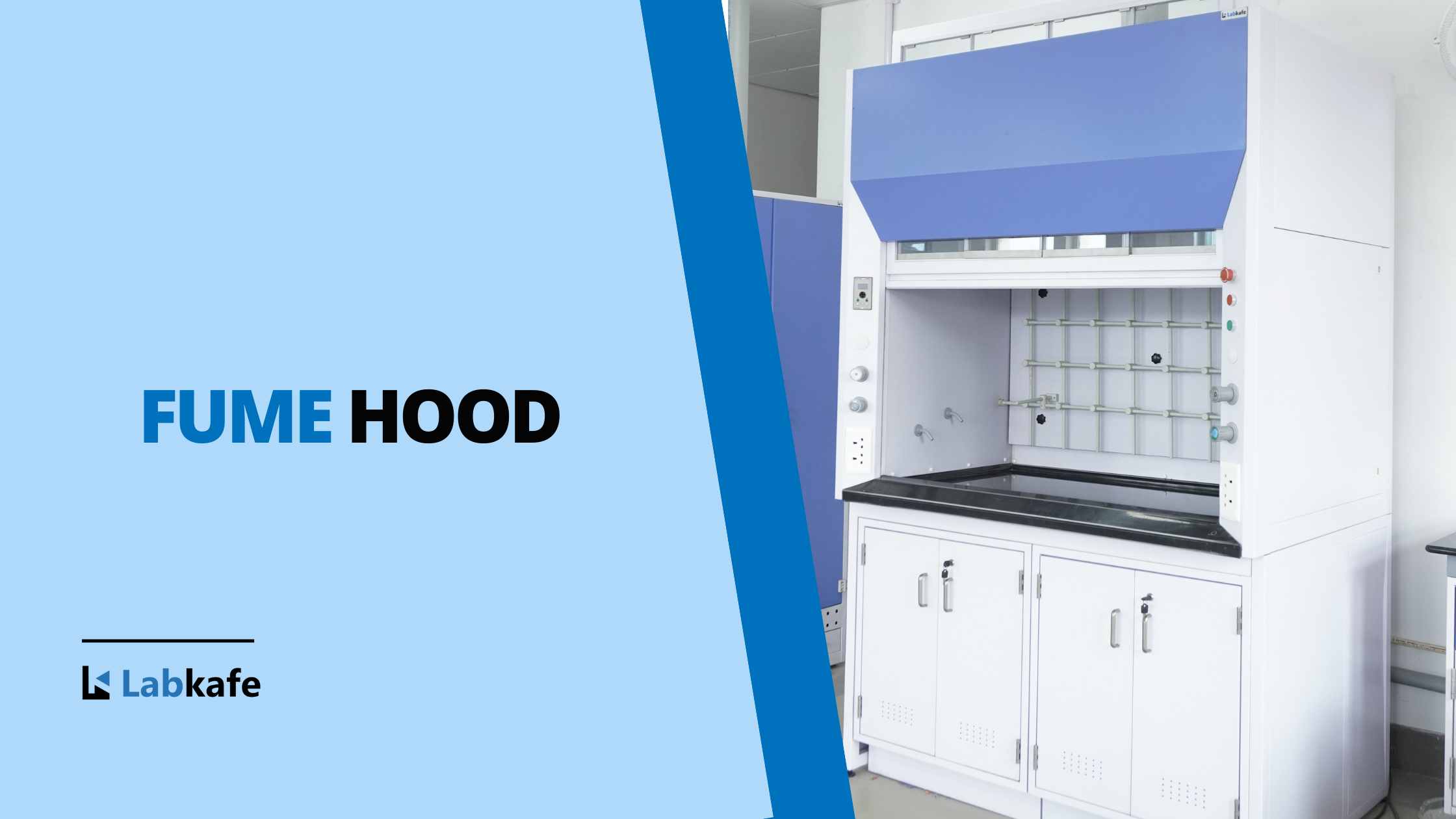
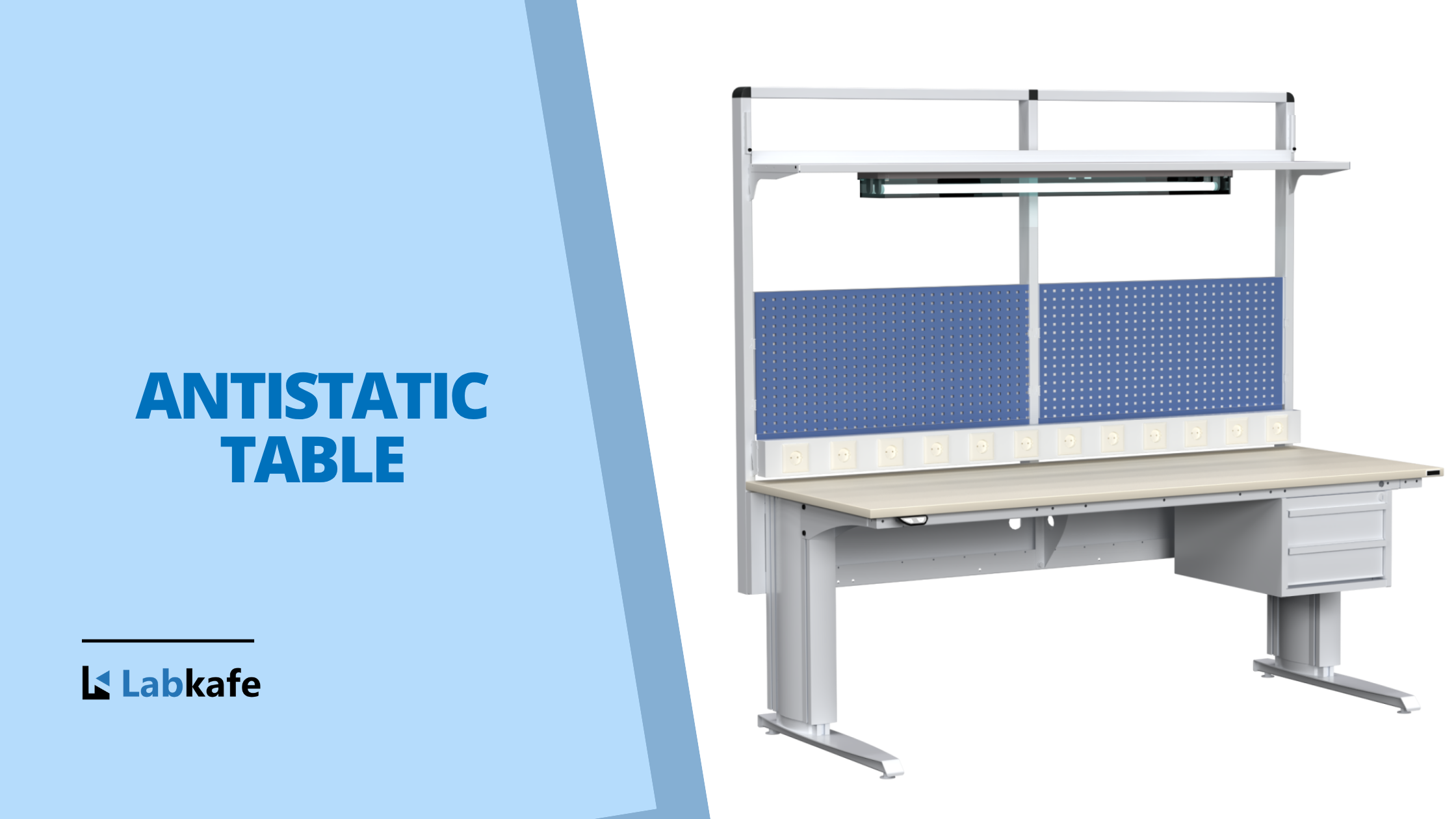
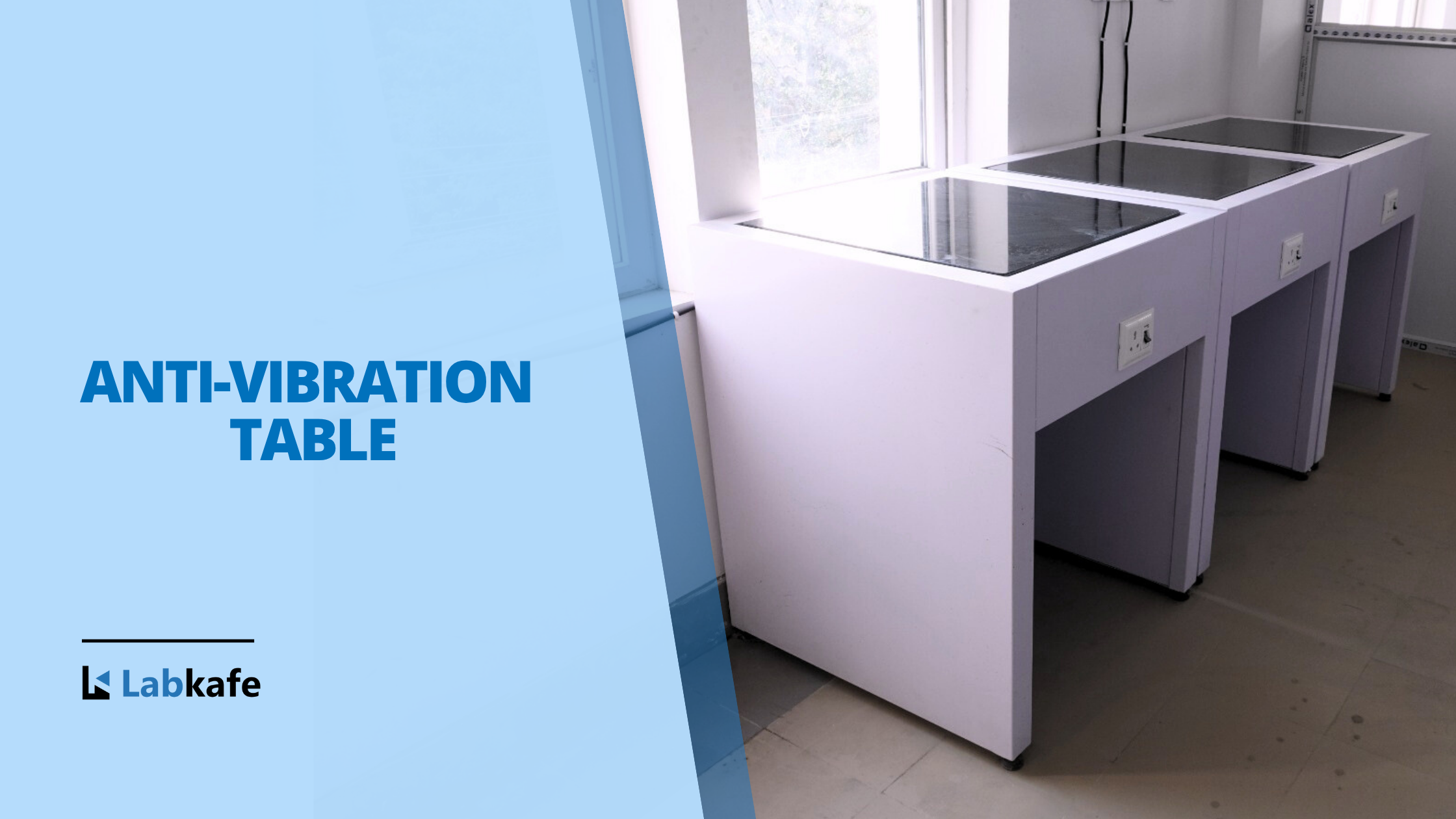
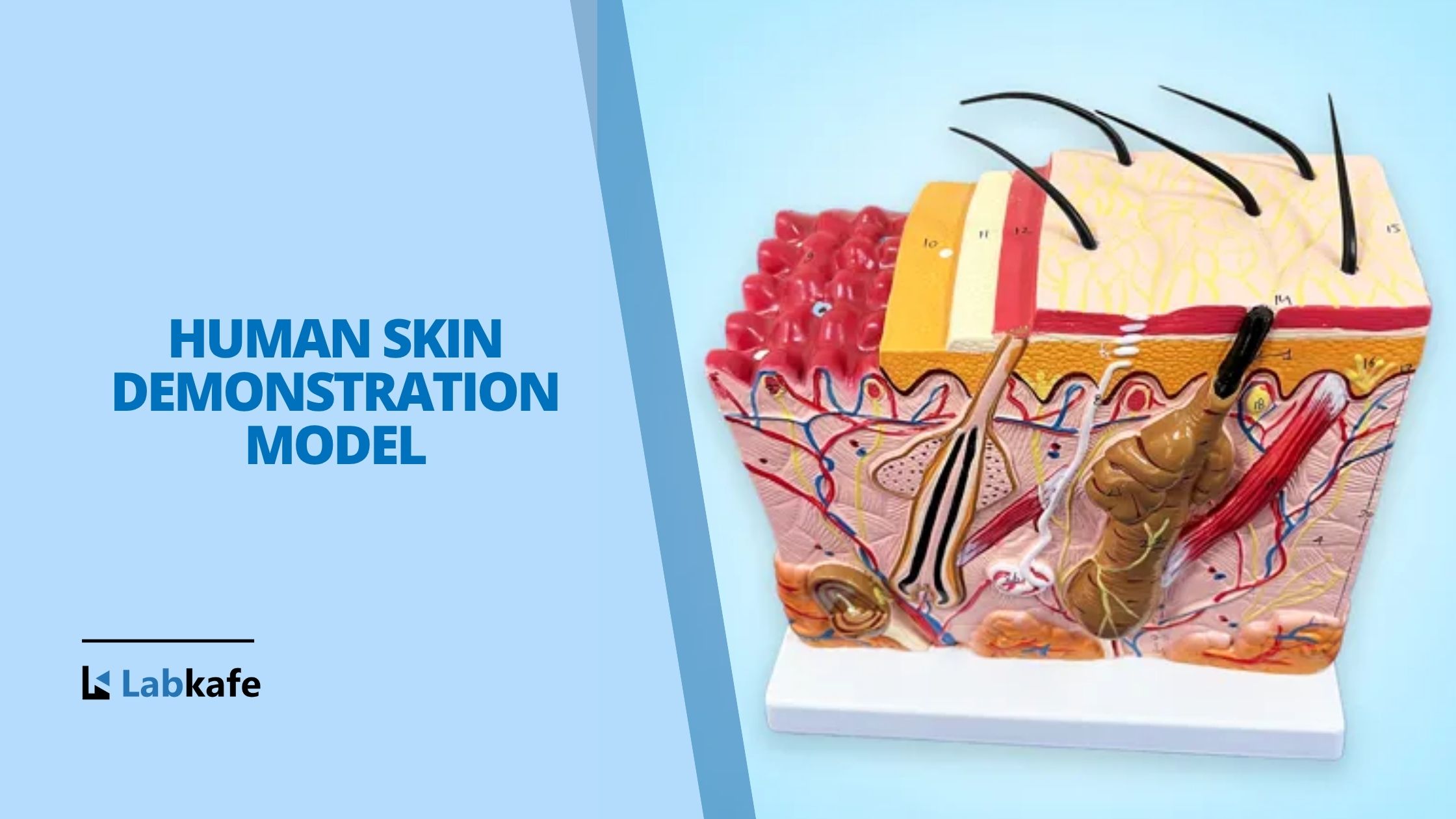

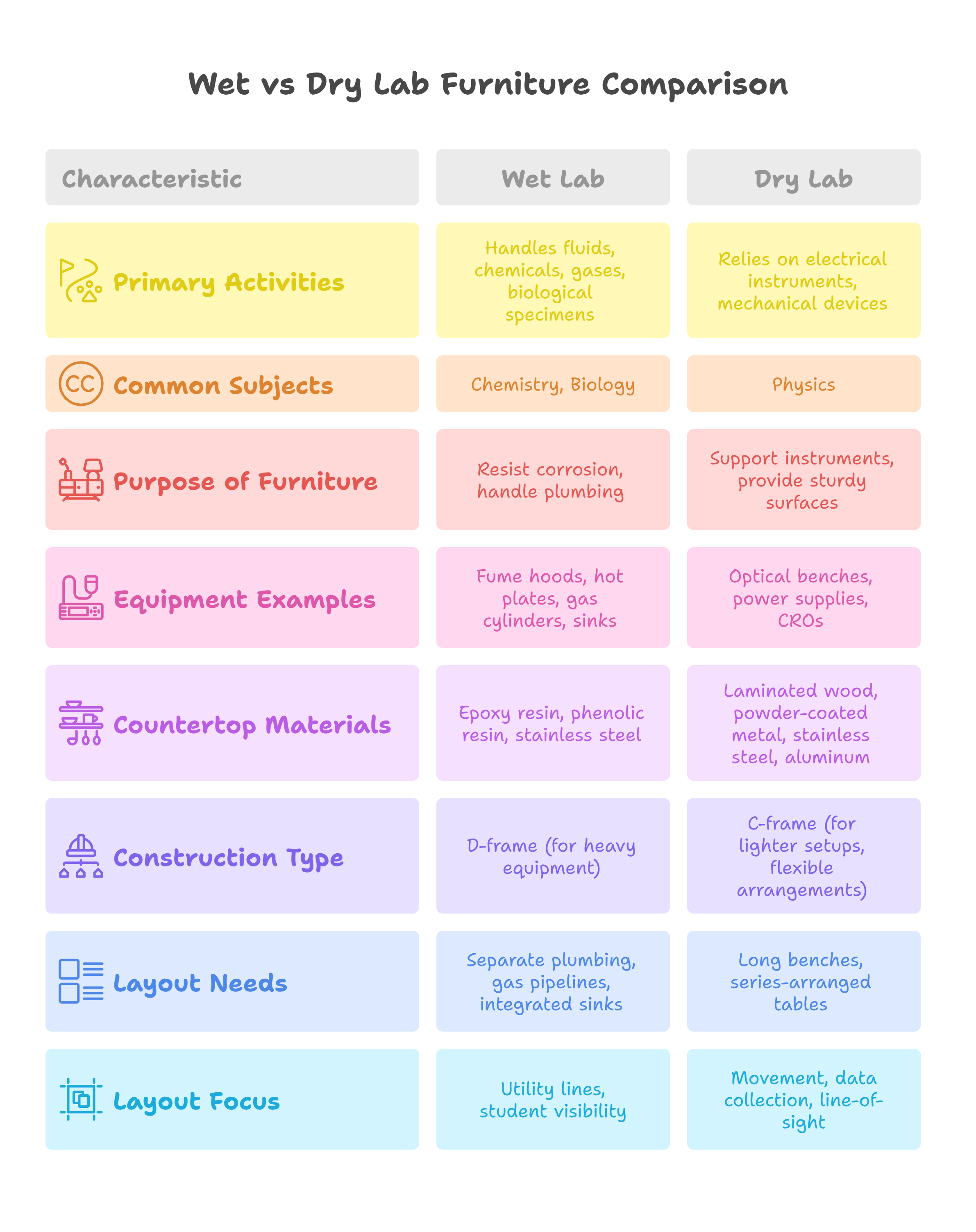
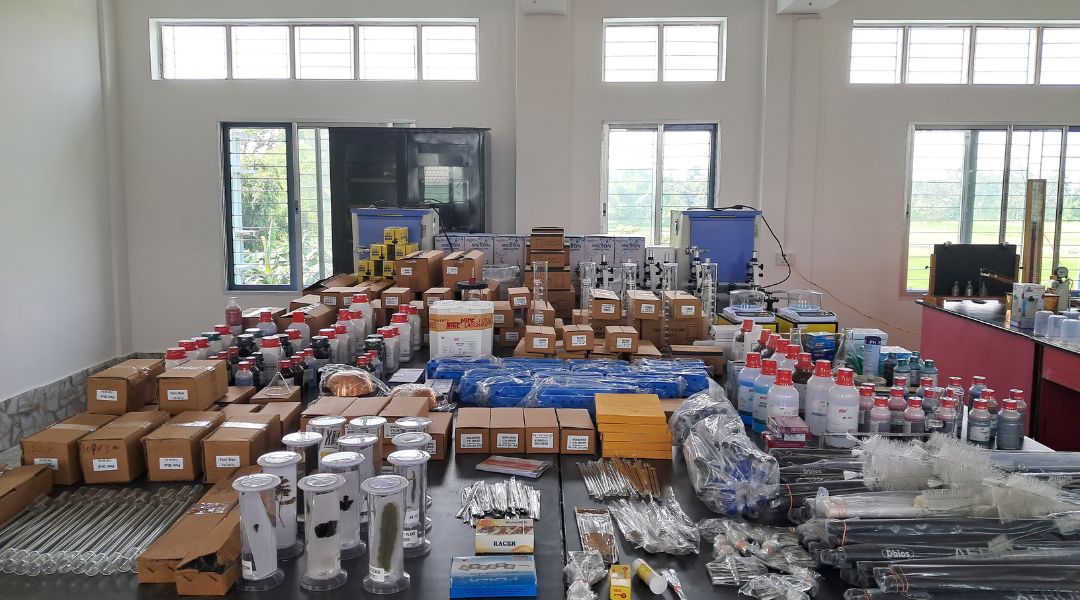
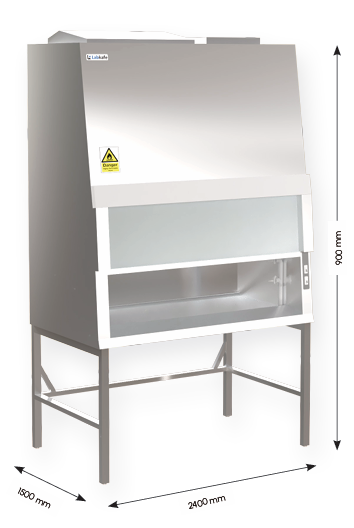
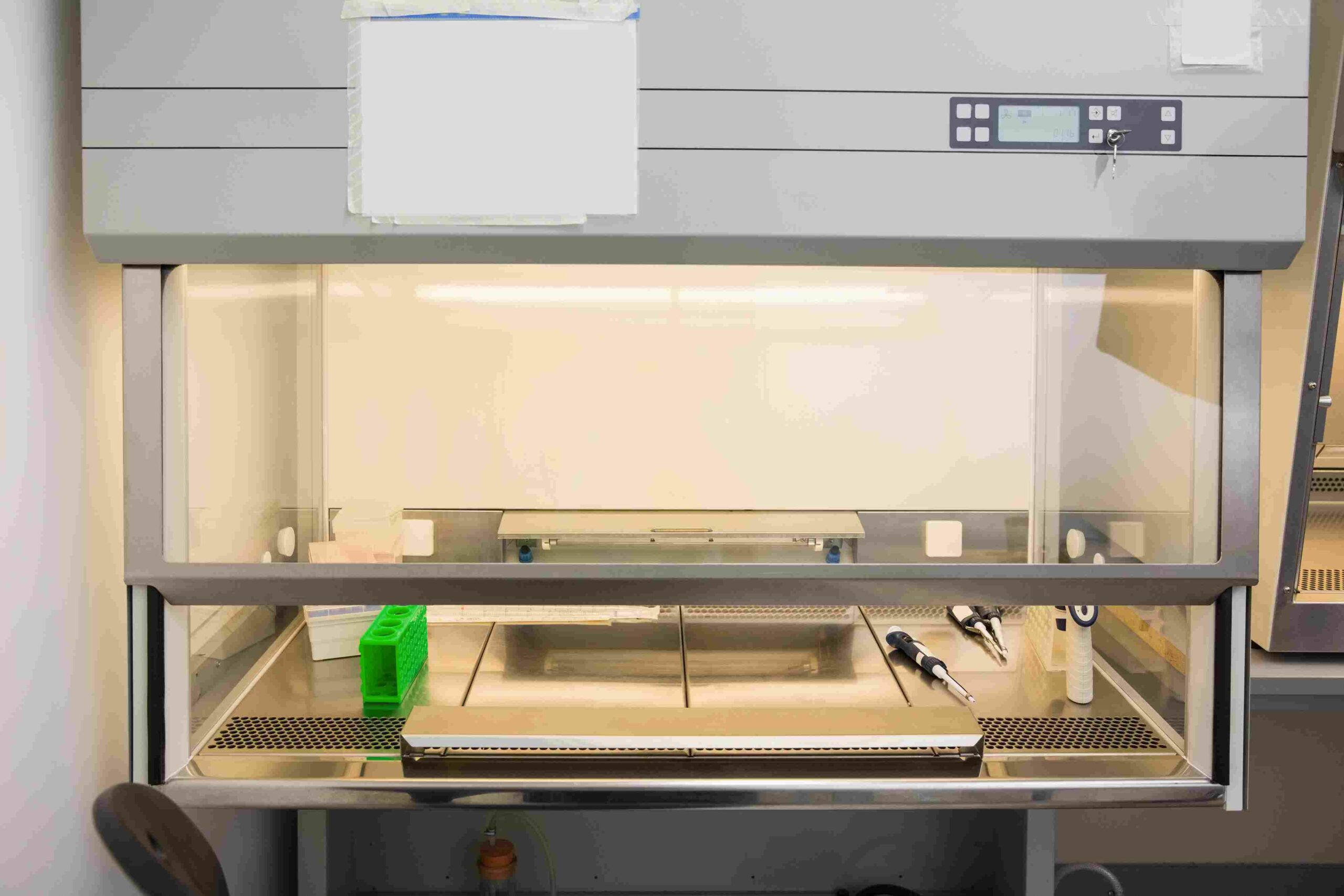
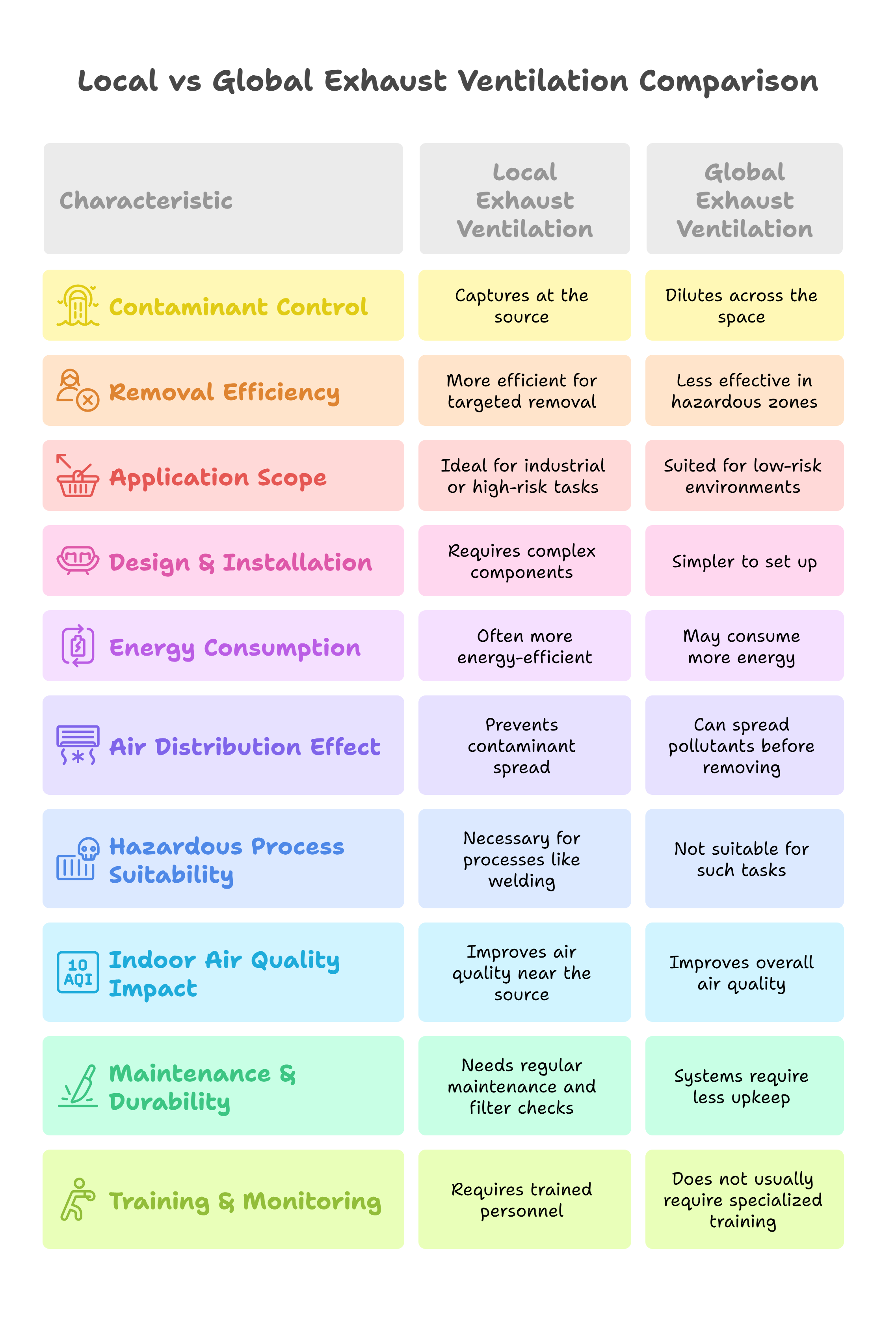
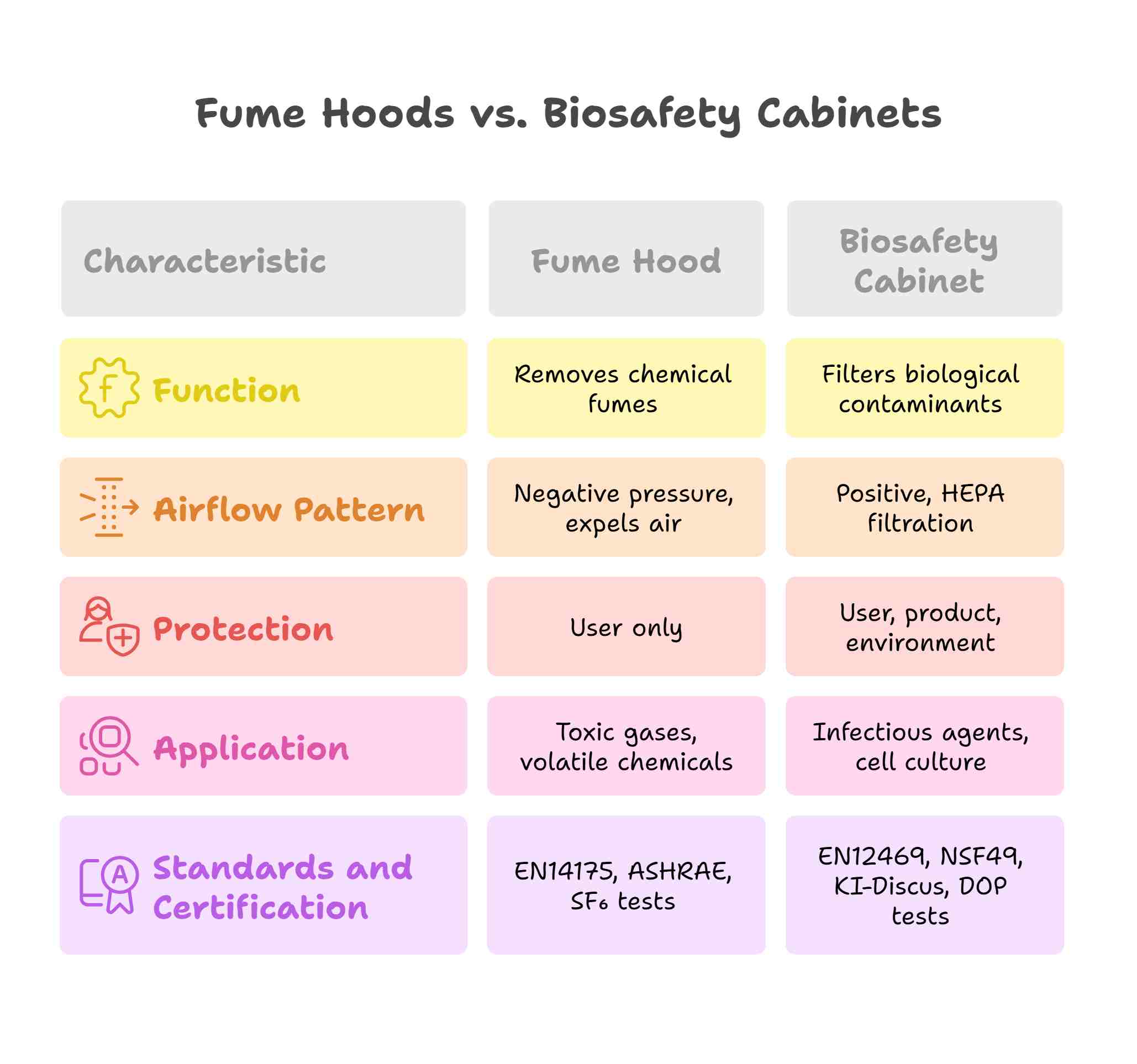
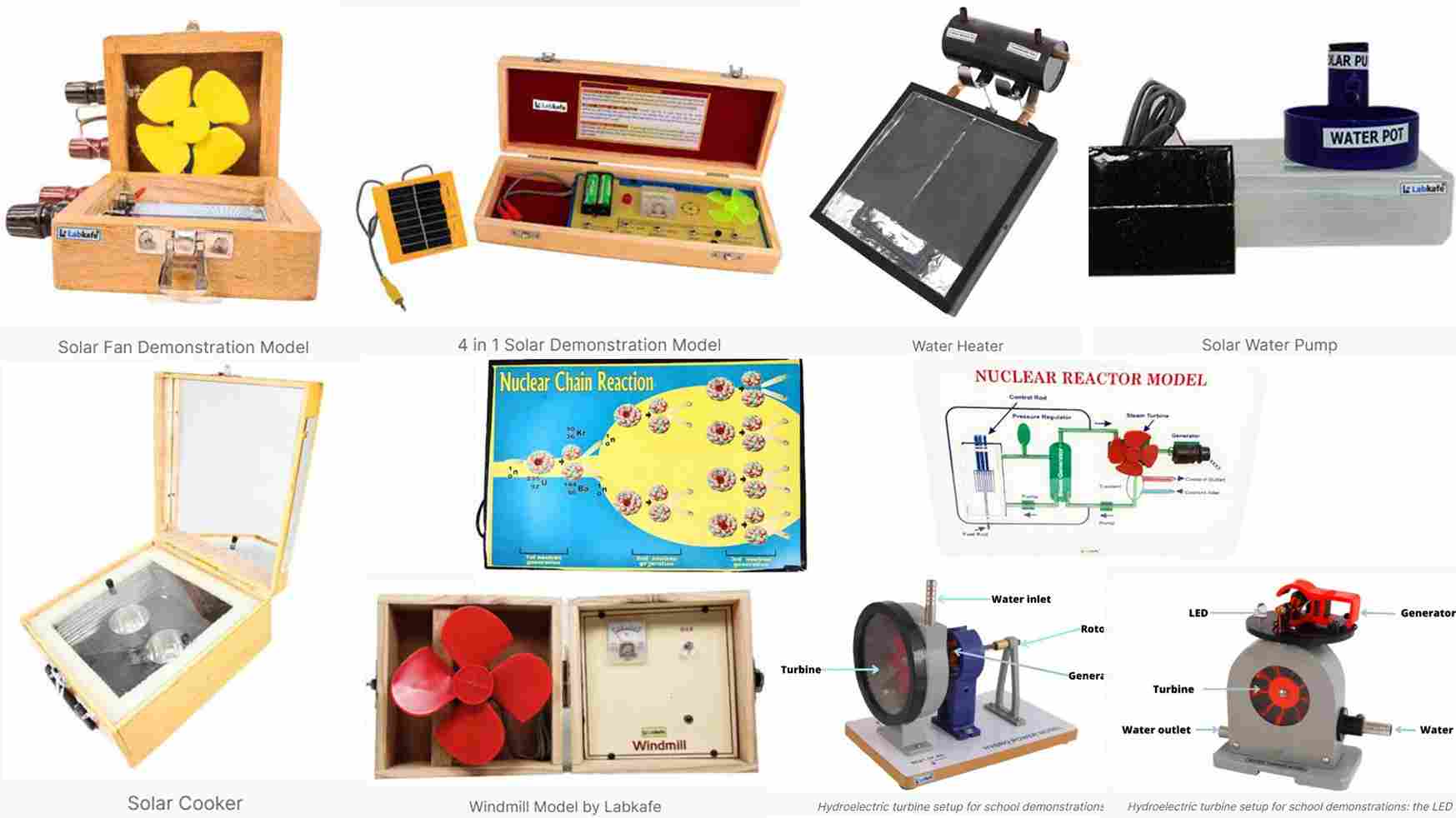
Leave a Reply